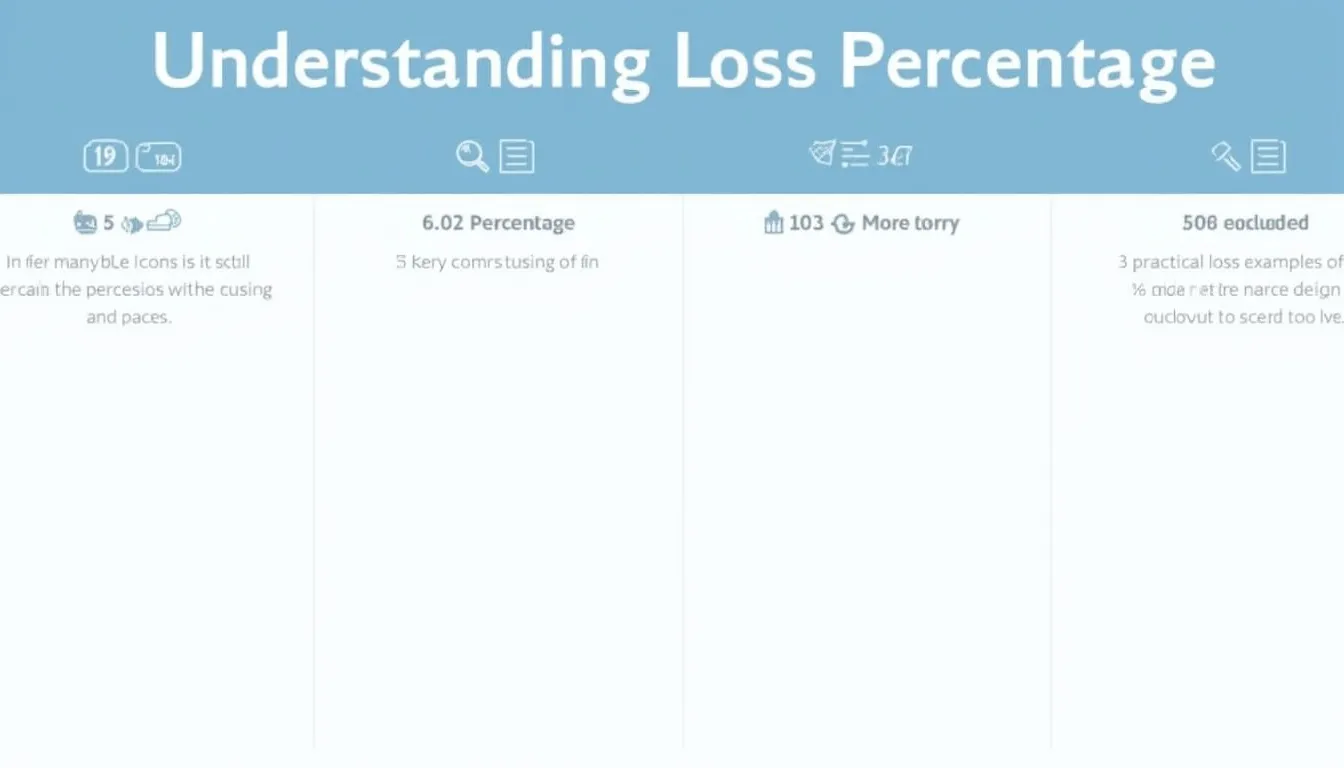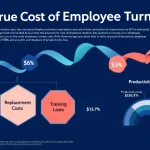Loss Percentage Calculator
Is this tool helpful?
How to use the tool
- Total Loss: type the money you lost (e.g., $750 or $120).
- Cost Price: enter the original outlay (e.g., $2,500 or $800).
- Click Calculate; the result appears instantly.
Formula applied
$$\text{Loss Percentage}= rac{\text{Total Loss}}{\text{Cost Price}}\times100$$
Example 1
- Total Loss = $750
- Cost Price = $2,500
- Loss Percentage = 30 %
Example 2
- Total Loss = $120
- Cost Price = $800
- Loss Percentage = 15 %
Quick-Facts
- Loss % normalizes performance across different project sizes (Investopedia, 2023).
- Many firms set a 10 % loss ceiling before corrective action (PMI Pulse, 2021).
- The IRS lets businesses deduct losses against income under Pub 535 (IRS, 2022).
- Retail investors saw average 14 % portfolio drawdowns in 2022 (CFA Institute, 2023).
What is loss percentage?
Loss percentage expresses the proportion of money lost relative to initial cost, allowing apples-to-apples comparisons across deals (Investopedia, 2023).
How does the calculator compute it?
The script divides your loss by cost price and multiplies by 100; no rounding errors beyond two decimals.
Why must cost price stay positive?
A zero or negative denominator makes the ratio undefined; accounting rules treat cost as a non-negative base (FASB ASC 830, 2020).
Is the output precise?
The browser uses IEEE-754 double precision, accurate to 15-17 significant digits (IEEE, 2019).
Can I switch currencies?
Yes—results are currency-agnostic because the formula uses relative values, not absolute units.
How can this metric guide investments?
You compare loss percentages across assets to decide reallocations and set stop-loss triggers (SEC Investor.gov, 2022).
What is an acceptable loss benchmark?
Project managers flag losses above 10 % for review (PMI Pulse, 2021); equity funds often allow up to 20 % drawdown.
How often should I update inputs?
Update after every cash-flow event; 28 % of U.S. small businesses review losses monthly (NFIB, 2022).
Important Disclaimer
The calculations, results, and content provided by our tools are not guaranteed to be accurate, complete, or reliable. Users are responsible for verifying and interpreting the results. Our content and tools may contain errors, biases, or inconsistencies. Do not enter personal data, sensitive information, or personally identifiable information in our web forms or tools. Such data entry violates our terms of service and may result in unauthorized disclosure to third parties. We reserve the right to save inputs and outputs from our tools for the purposes of error debugging, bias identification, and performance improvement. External companies providing AI models used in our tools may also save and process data in accordance with their own policies. By using our tools, you consent to this data collection and processing. We reserve the right to limit the usage of our tools based on current usability factors.







